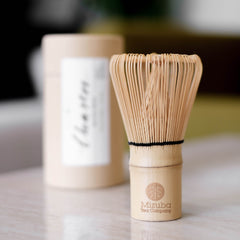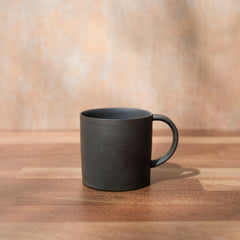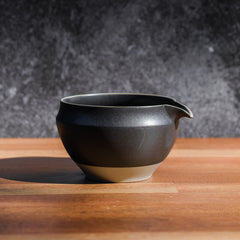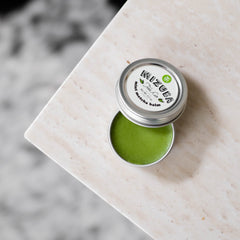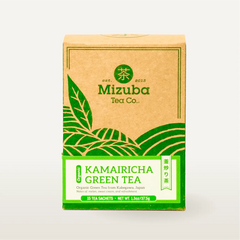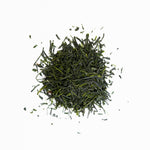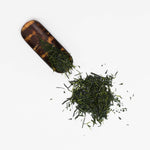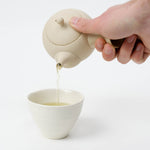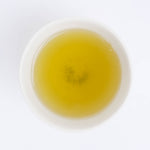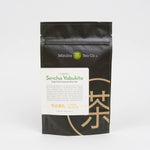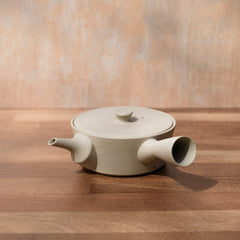
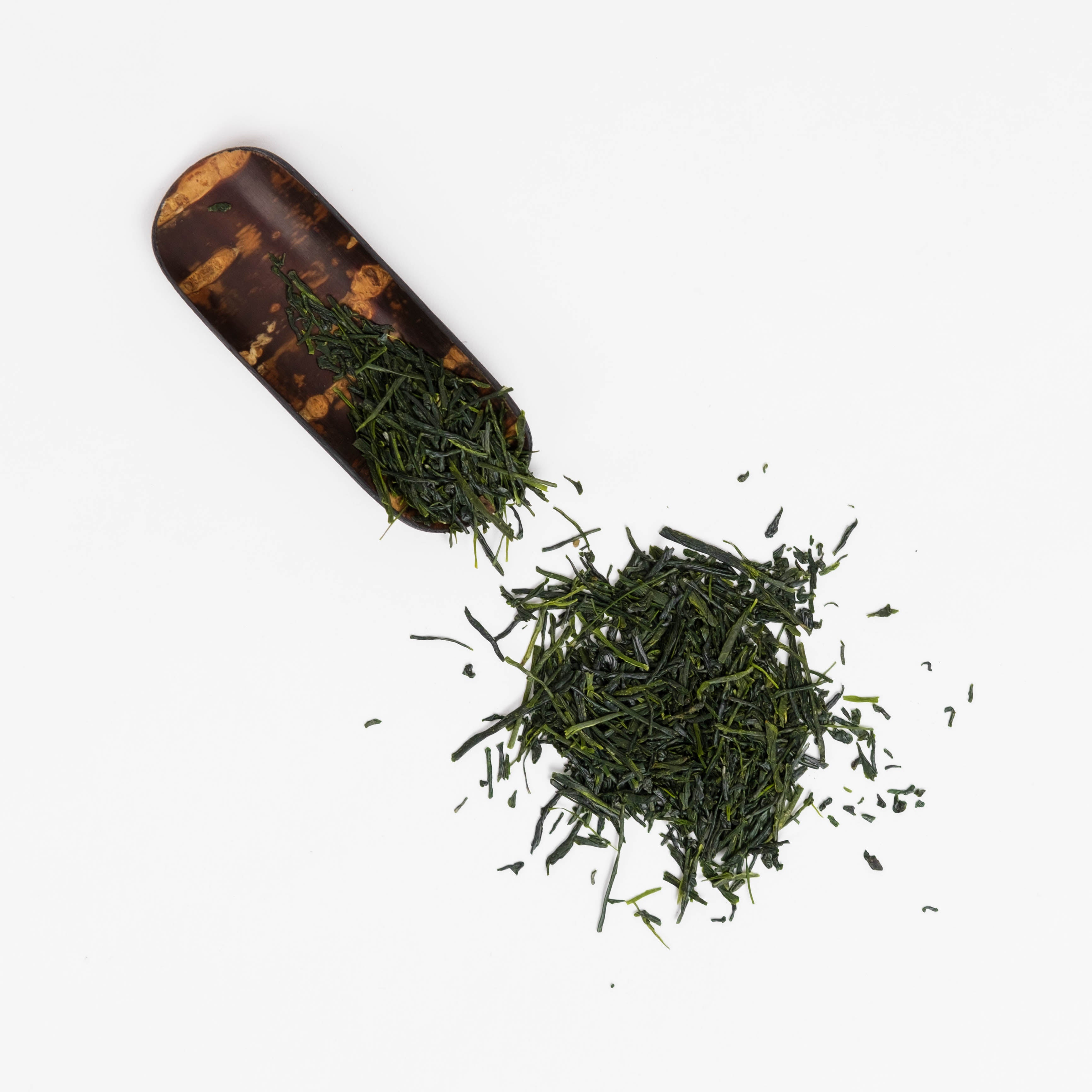
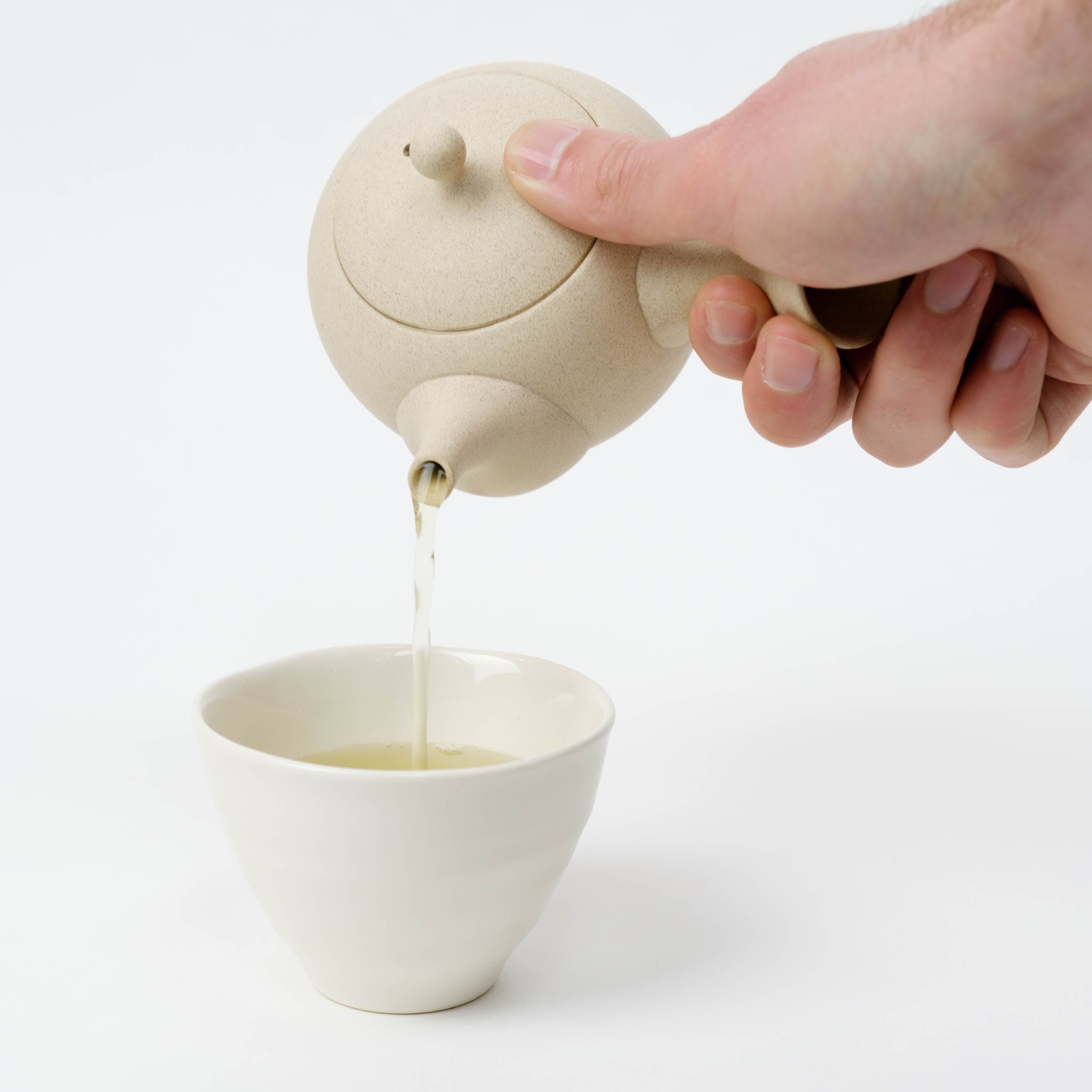
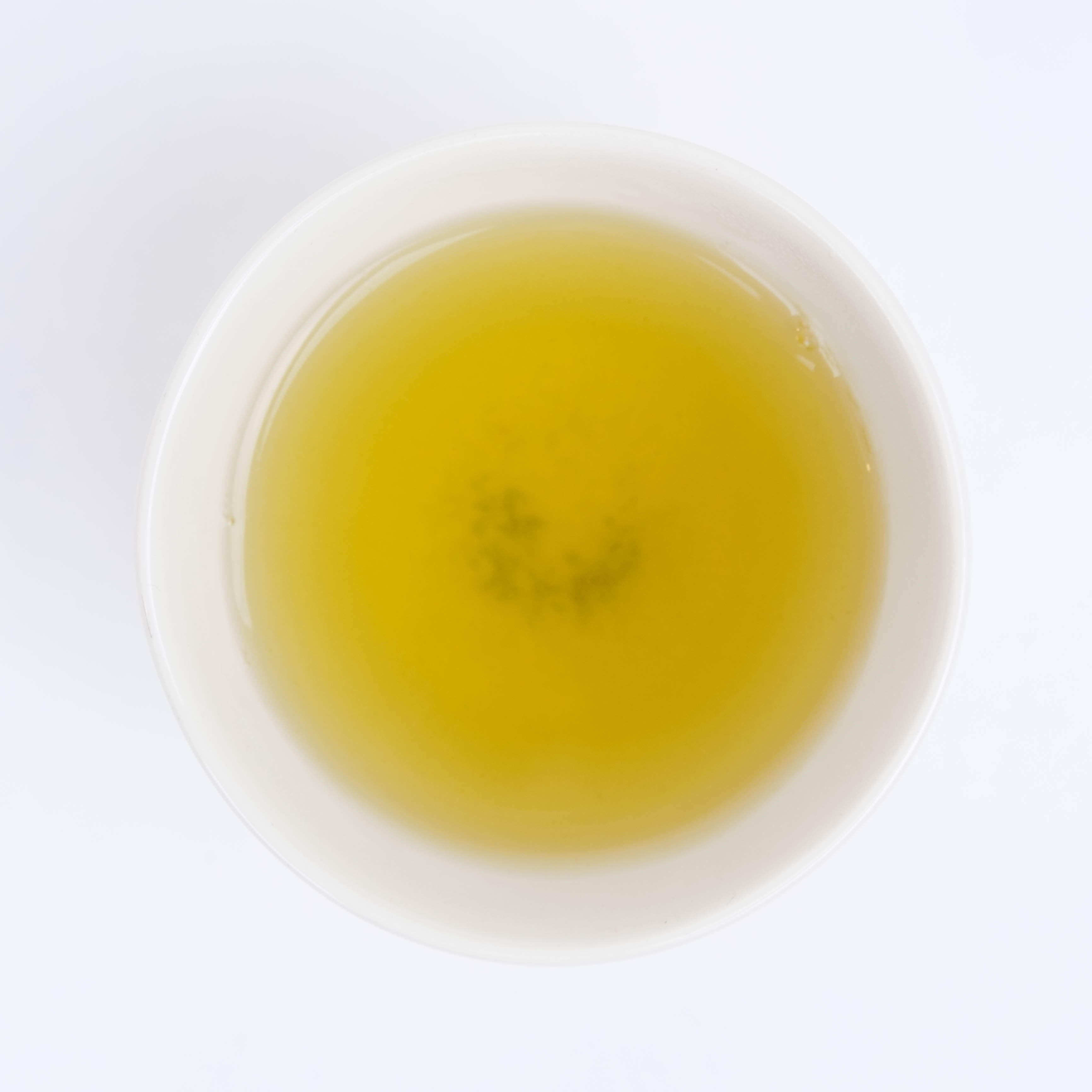
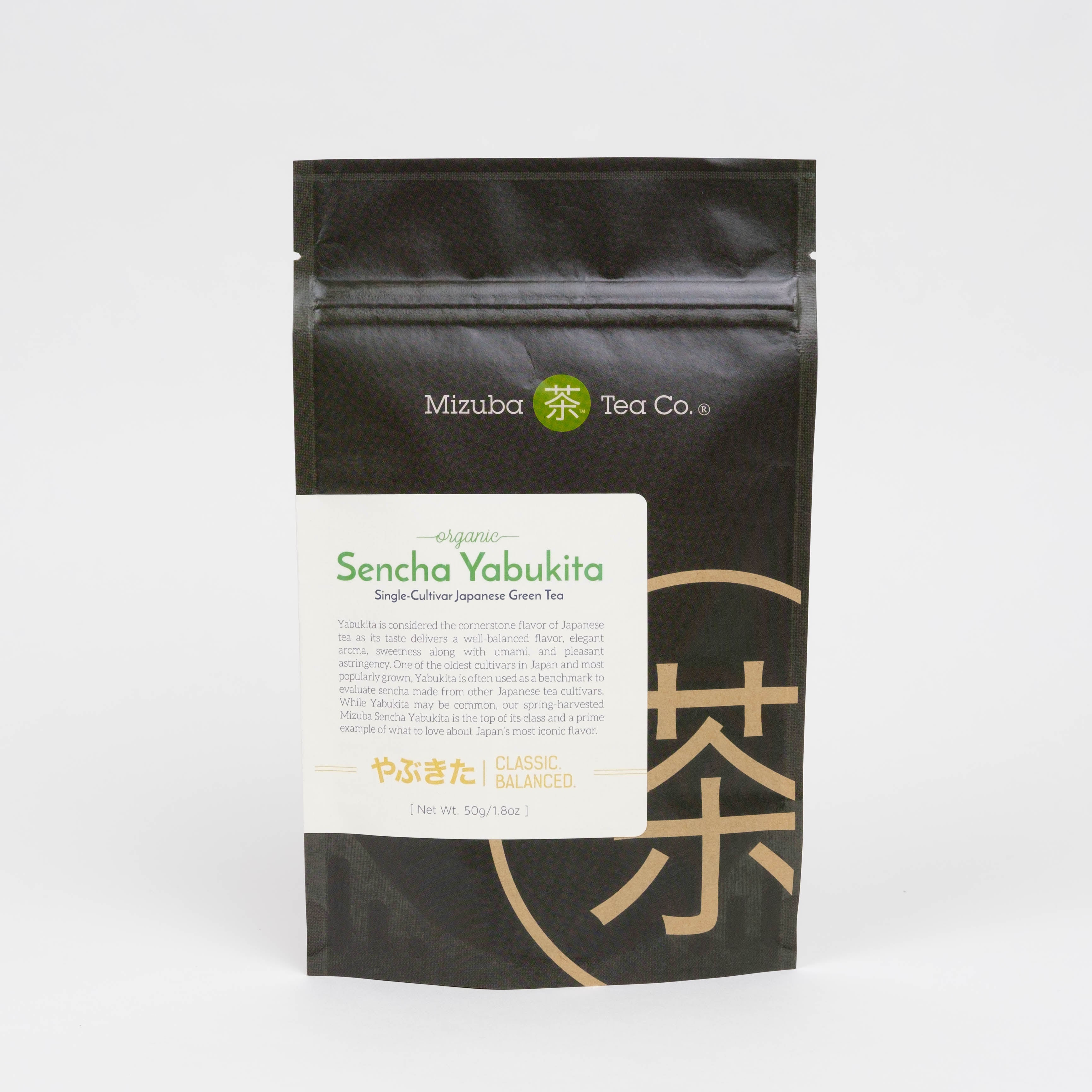
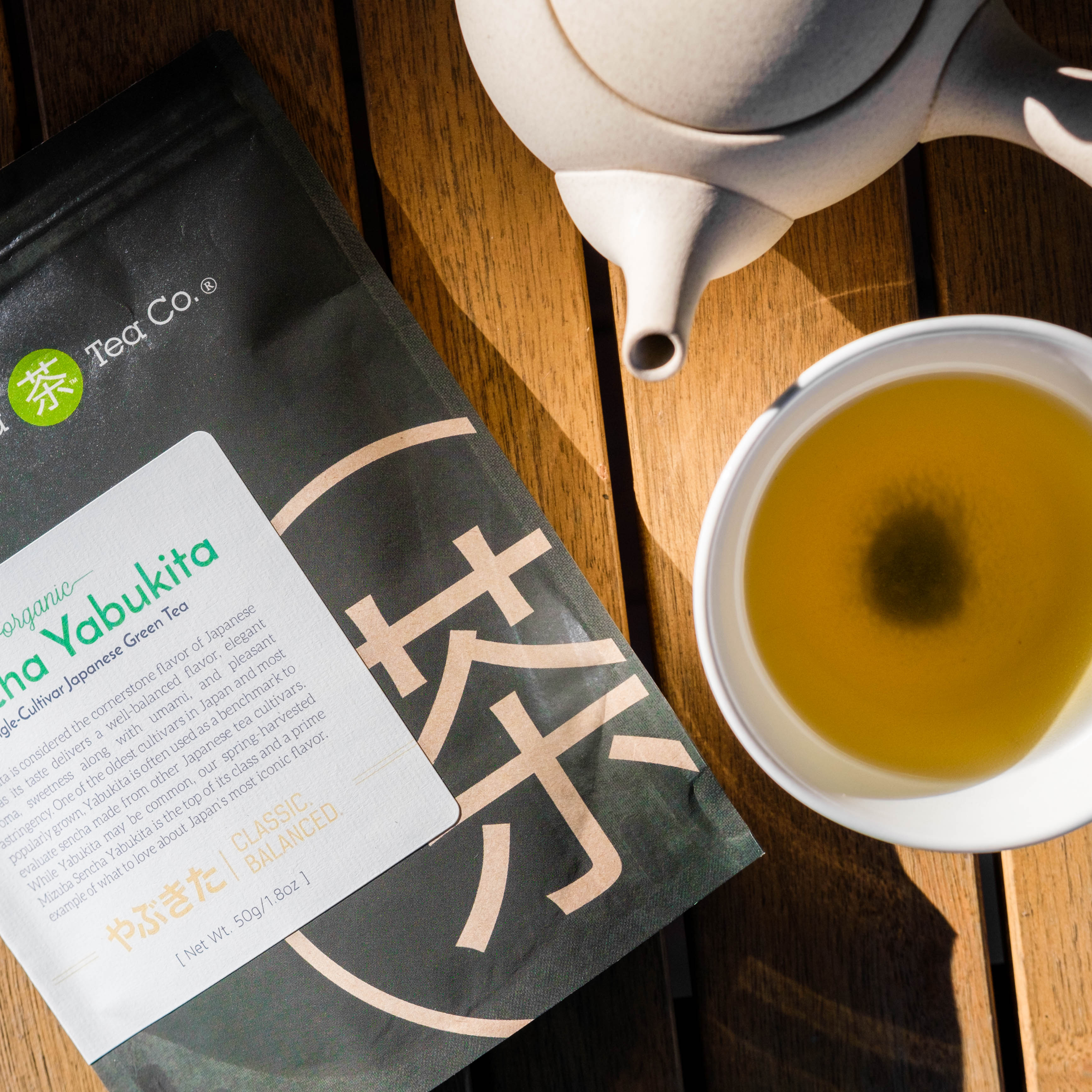
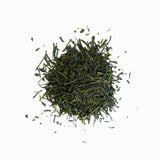
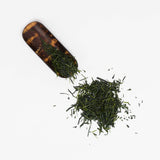
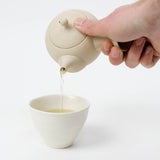
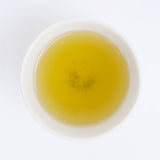
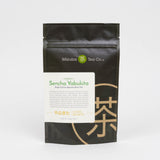
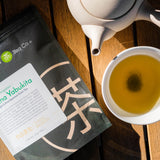
Organic Sencha Yabukita
- Description
- Tasting Notes
Fundamental to an understanding of Japanese green tea is knowing and appreciating the taste of the tea cultivar Yabukita. Yabukita is considered the cornerstone flavor of Japanese tea as its taste delivers a well-balanced flavor, elegant aroma, sweetness along with umami, and pleasant astringency. One of the oldest registered cultivars in Japan and most popularly grown (accounting for over 70% of Japan's tea production), Yabukita is often used as a benchmark to evaluate sencha made from other Japanese tea cultivars. While Yabukita may be common, our spring-harvested Mizuba Sencha Yabukita tea is the top of its class and a prime example of what to love about Japan’s most iconic flavor.

What is Sencha?
Sencha is the most ubiquitous tea found in Japan, but for good reason — it exemplifies the one-of-a-kind umami flavor that epitomizes the heart of Japanese taste. Sencha illustrates the harmonious balance of sweetness, astringency, umami, and bitterness. Even its translation hints to its ubiquity: "sen" means "to infuse" while "cha" means "tea," so sencha in totality translates to "brewing tea." Invented in the 18th century in Uji, Japan by Soen Nagatani, the tea leaves are dried, steamed, and rolled into their characteristic needle shape. A fairly versatile tea, sencha can be brewed & enjoyed in a myriad of ways depending on personal preference.
For our particular sencha, shade-growing the leaves for about 9 days prior to harvest results in larger, more tender, chlorophyll-concentrated tea leaves (filled with more theanine!).
Brew Guide:
Amount: 6g (2tsp) Sencha
Water: 180ml (6oz) of 160º-175ºF water.
Time: 30 seconds - 1 minute, or up to 2 minutes depending on your preference. You may also try hotter temperatures for shorter periods of time. You'll experience a range of flavors. Using the guide above will give you a sweeter cup, while the hot water/short time brew method will extract more vegetal notes. Experiment! Our producer notes that this particular tea reveals a super fresh flavor at higher temperatures while developing a more savory taste when brewed at lower temperatures.
Make Iced Tea: Our sencha tea is great for both slow ice-steeping and cold brewing.
Learn 3 different methodologies to make iced tea here.
Aroma: juicy green apple, custard, light guava.
Flavor profile: a refreshing and perfectly balanced brew with a long finish, textbook of the delicious umami Japanese taste in tea.
Pairs Perfectly With:
Store in a cool, dark location. Best consumed within 3 months.
Organic Sencha Yabukita
Brew Guide

180ml (6oz)

6g (2tsp)

160º-175ºF water

1 minute, or up to 2 minutes depending on your preference.

Tea Details:
Location: Makizono, Kagoshima
Harvest Season: Early Spring, Shincha season - April.
Cultivar: Yabukita!
Process: Hailing from a renowned area for its clean air, water, and rich volcanic soil, the high-elevation of Makizono terroir produces a fresh fragrance typical of high mountain teas. The snow in the winter and cool night temperatures in the spring and summer produce sugar components that accumulate in the leaves, resulting in sweet flavors once the tea is brewed. The tea leaves are grown in the sun year-round. Prior to harvest, our tea is subject to the special kabuse shade-growing for 9 days (a relatively short time, which differentiates it from gyokuro). Once the first flush (shincha / ichibancha) is ready to harvest in the spring, the leaves are diligently gathered — most often this will be the bud with 2 or 3 leaves of new growth. To create our sencha, the leaves are steamed (Chumushi, normal steaming), dried, cooled, rolled into shape, sorted, and then rolled a final time.
History of Yabukita Cultivar:
Yabukita came to be when an astute tea farmer, Hikosaburou Sugiyama (1857-1941), cultivated a bamboo forest in Shizuoka prefecture and seeded some teas in the field. Only two of his tea trees survived and Sugiyama-san named the one on the Northside of the forest as Yabukita and the one on the Southside as Yabuminami. (Yabu means bamboo, and Kita and Minami mean literally North and South, respectively in Japanese.) The rest is history as tea farmers learned how to preserve favorable characteristics of tea plants and propagate the cuttings to become the cultivars we know today.
Characteristics in tea that farmers might try to preserve include what time in the season the plant buds (early, in the middle of spring, later in the year, etc), how hardy and resilient the plant is to a particular climate, and of course, what it tastes like. The key is to preserve a tea plant that is "stable" and reliable in what the producer wants to grow year after year. As the Yabukita cultivar resists cold temperatures and has an excellent taste, people started to plant the cultivar widely in Japan. This cultivar was registered in 1953 and has become a synonym for Sencha. Now, it is a cultivar most used for growing tea in Japan (accounting for more than 70% of the Japanese tea fields). Yabukita leaves feature glossy, dark green leaves that produce a deep yellow/green liquor when brewed.
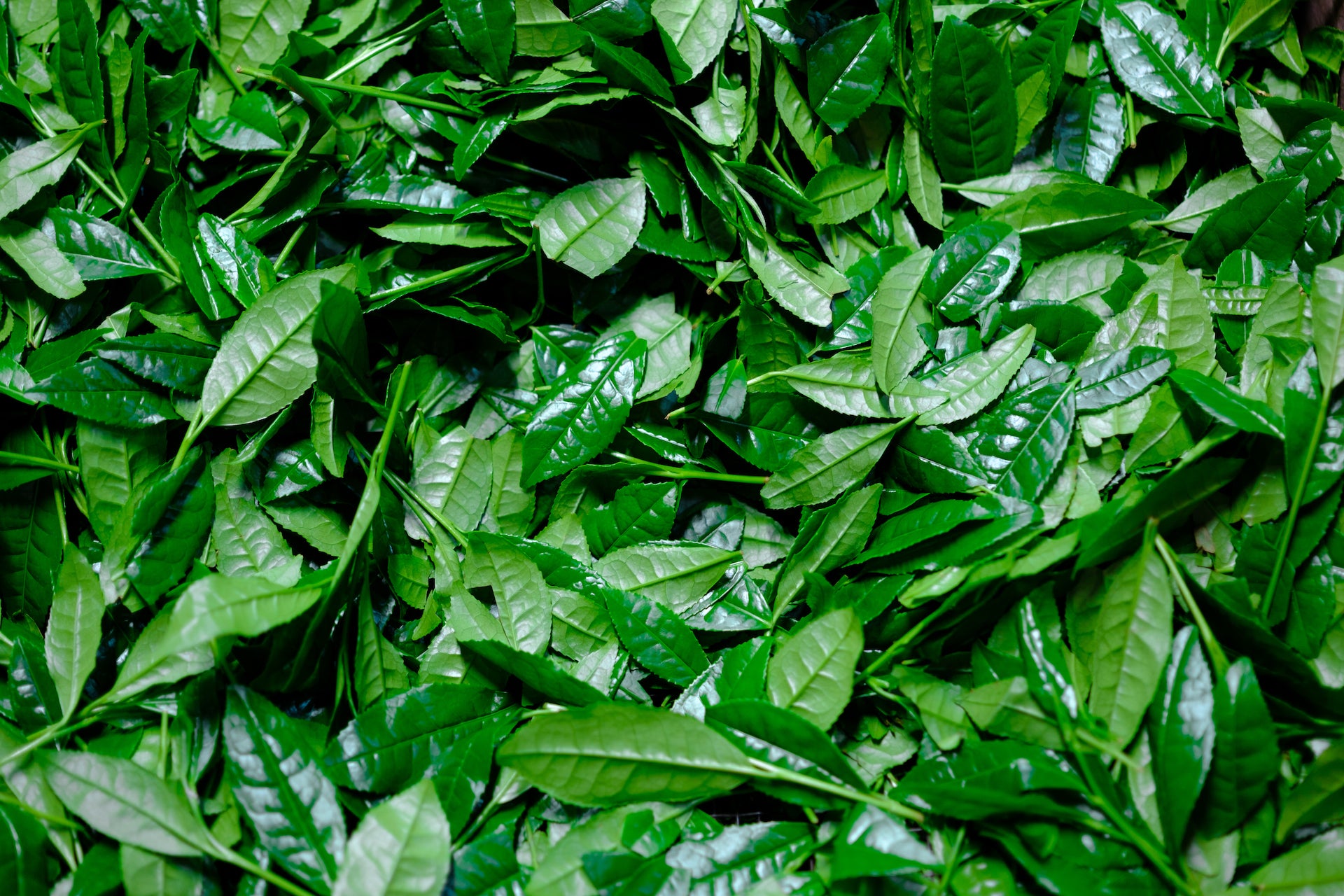
- Related products
- Recently viewed
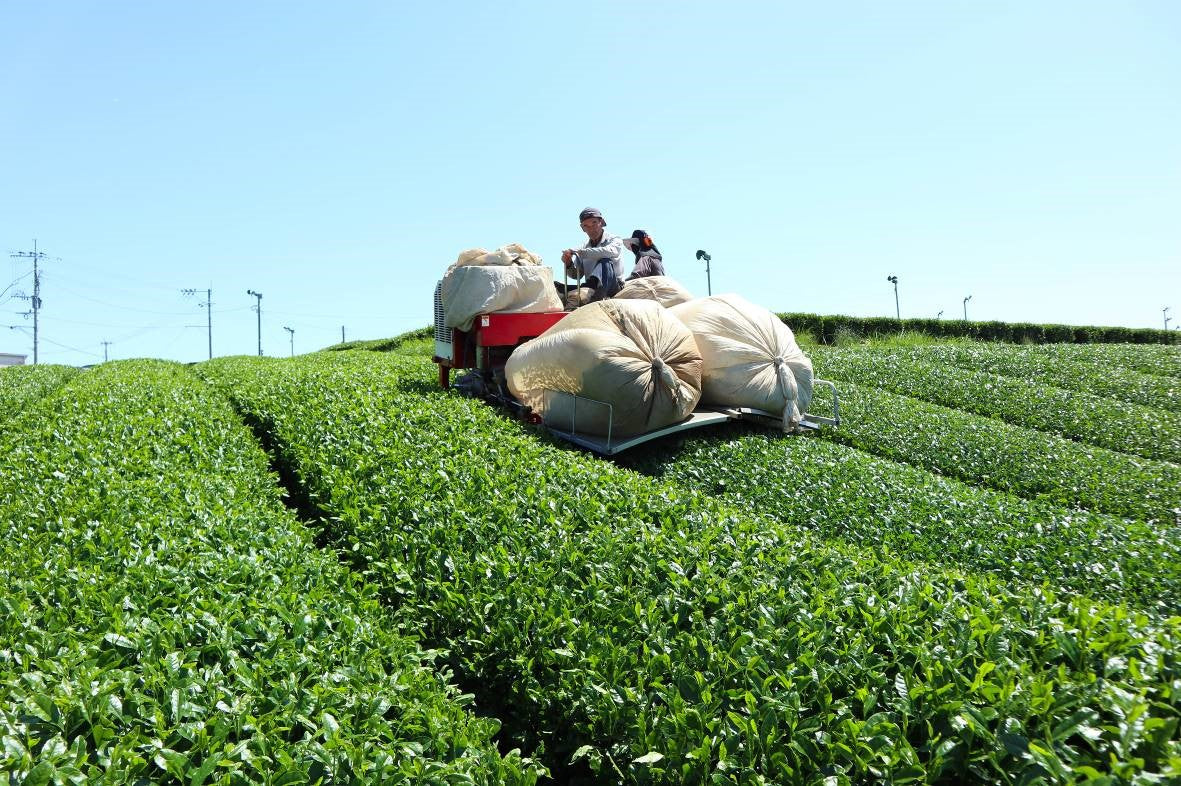
Featured post
A Guide to Harvesting Tea Leaves: An Essential Process in Japanese Green Tea
As with all processes in crafting Japanese green tea, harvesting tea leaves is an intricate skill that takes years to master. Much of the year is dedicated to the elaborate...


